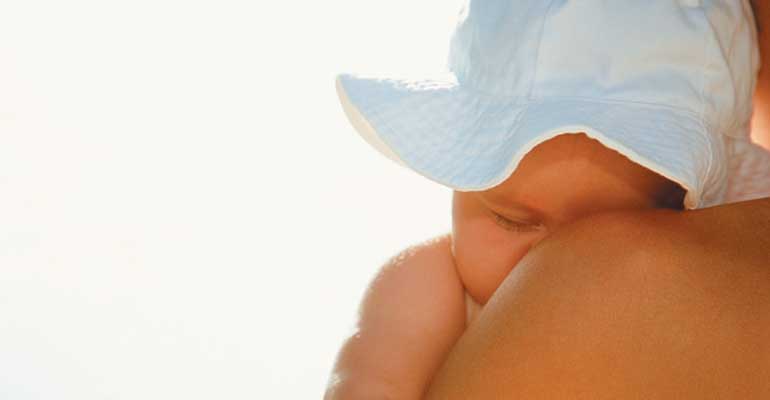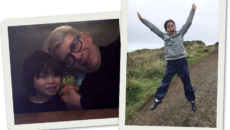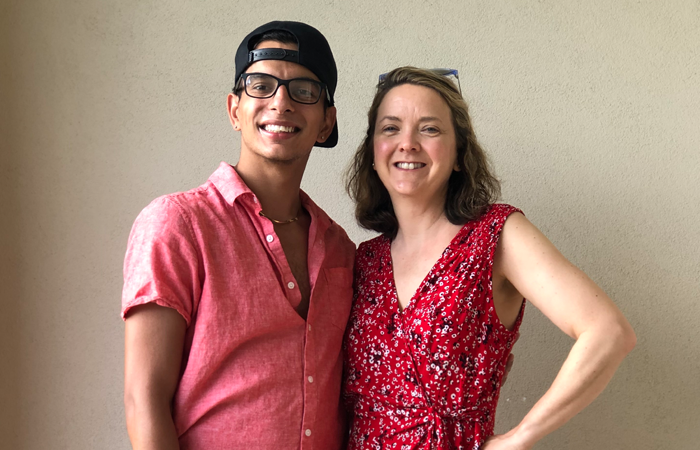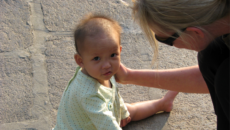I remember when our 5-month-old daughter arrived from Korea. My husband and I were first-time parents, filled with hopes and dreams. But what did we know about raising children? The big question was whether our child could, and would, attach to us.
Based on myths surrounding attachment in adoption, new adoptive parents often think of attachment as a personality characteristic. They watch closely for signs that the “attachment gene” has been activated in their babies and toddlers, and for warning signs that reveal a lack of bonding ability.
A two-way process
In reality, attachment is a process of relating that unfolds among children and their parents, family members, and others. It is a sacred dance around the question: How close do you need to be to be truly bonded? Often overlooked is the essential truth that, no matter how young they may be at arrival, adopted children come to us with strong past attachments — both positive and negative — that have been broken.
Attachment in adoption is paradoxical. Disconnection from her birth family is the reason your child needs a connection with you. Even very young babies carry a visceral awareness of past experiences through smells, sounds, tastes, and touch.
Your baby spent months in a profound prenatal sensory relationship with her birth mother, and possibly some time with other caregivers. As she enters your home, there may be little that is familiar or comforting to her at a sensory level.
So adjust your expectations about the relationship appropriately. Your baby or toddler needs time to find comfort and safety in your face, touch, voice, and smell. Be patient. Remember that attachment is a lifelong process.
Ebb and flow
In the process of attachment in adoption, an older infant may sometimes look away from you or refuse to be fed. This is a normal part of development and no cause for worry. Even as your connection grows stronger and deeper, your child will still push away from you at times, to deal with normal fears of dependence and loss. Respect this need. She will be back.
You, also, bring past attachments, both painful and joyful, into this dance. Memories from your journey to parenthood can sometimes disrupt the rhythm of the parent-child relationship. This, too, is a normal part of bonding.
A strong, lasting attachment develops slowly. It may be a “one step forward, two steps back” dance for a while. Be open to variations.



